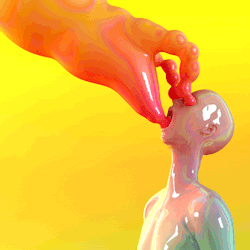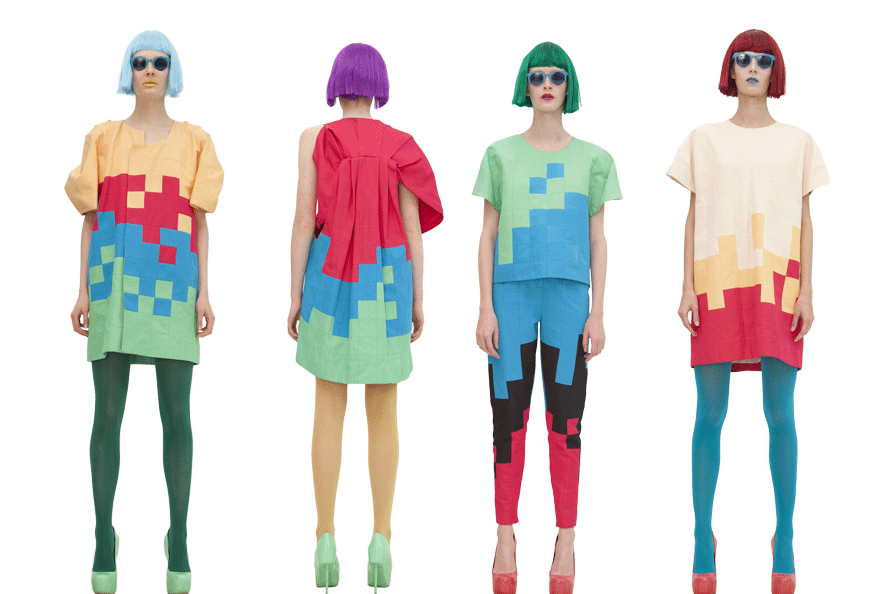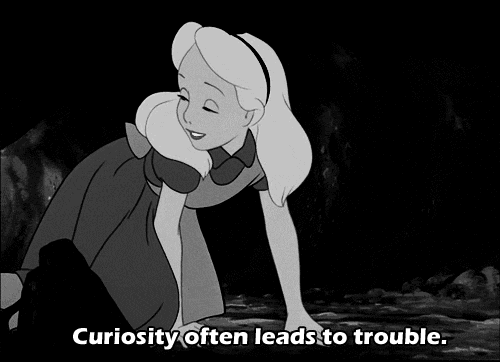"The New Aesthetic concerns itself with 'an eruption of the digital into the physical'”
In 2012 something new and special was brought to light at the South by Southwest conference in Austin, Texas by a group of people presenting on the New Aesthetic panel. The event hosted a variety of speakers on the topic of this so-called New Aesthetic including, Joanne McNeil, Ben Terrett, Aaron Straup Cope, and Russell Davies and led by James Bridle (upper-left is his entire talk in 55 mins). James Bridle has been called the Guru of the New Aesthetic and has even been compared to Marcel Duchamp, all of which is conceivable and adds to the excitement of a brand new art movement to compliment our brand new contemporary lifestyle. Afterall, we are living in a time that is unlike any other time in the history of humanity in terms of technological impact. The idea that "art is dead," has met its match, and the possibilities seem quite endless. This is the glitz inherent to the theory of the New Aesthetic that is so exciting for new media artists from across the globe. It's of particular interest to me because it summarizes my entire studio practice in one short phrase: "The New Aesthetic concerns itself with 'an eruption of the digital into the physical." Bruce Sterling

New Media is a term, which describes the use of new media technology as either tool or material in the creative/artistic process. I think about new media technology as any tool or material that has come into use for creative production beginning with the invention of the camera. But the difference between New Media and New Aesthetic is that while New Media describes the use of new technology in the art-making process, the New Aesthetic is all about a way that people (not robots or machines), see, hear and think under a digital influence. The New Aesthetic is more than the tools you use to make artwork, it's the way we perceive & respond to our all-new and rapidly changing digital world.
The Pixel

In his intriguing talk on the New Aesthetic, Bridle showed many examples of what it can look like and one of its many physical characteristics is the pixel. I bring this up because I think it is a primary example on how the development of digital technology has not only impacted our physical world, but our culture and way of life down to our overall thought process. Kids in my generation (generation X) grew up with the very first computer games and video games which appeared in very pixelated 8bit format. We played it, we dreamt about it, and it infiltrated our brains and culture and has manifested itself into our lives, fashion, artwork and into our everyday mode of thought. That's the core of the New Aesthetic; it tackles the deep rooted socio-psychological impact who have grown up on then speeding freight train that is digital and technological infiltration into everyday life of a new generation of people.
An Autonomous Soup digital drawing with back-lit dancing pixels, 2015.
The Criticism
The biggest criticism of the New Aesthetic, as discussed in An Essay on the New Aesthetic, written by Bruce Sterling is that it's still in a majorly nascent form: "That’s the big problem, as I see it: the New Aesthetic is trying to hack a modern aesthetic, instead of thinking hard enough and working hard enough to build one. That’s the case so far, anyhow. No reason that the New Aesthetic has to stop where it stands at this moment, after such a promising start. I rather imagine it’s bound to do otherwise. Somebody somewhere will, anyhow.That is my thesis; that’s why I think this matters. When I left the room at the SXSW “New Aesthetic” panel, this is what concerned me most. I left [the New Aesthetic panel] with the conviction that something profound had been touched. Touched, although not yet grasped. I’d suggest getting right after it."

It is this very criticism that is the most exciting and enticing aspect of the New Aesthetic. The fact that the aesthetic is immature and somewhat problematic is a direct call for creative action: There is work to be done! I like knowing that on the LCD screen of life, I get to be a pixel on the digitally paved path to the vibrant and bright future of art & aesthetics. Artists who refuse to grab hold of this technocentric ride stand a good chance at simply getting left behind.
We as the artists of the New Aesthetic accept your challenge, Mr. Bruce Sterling... And we intend to see just how far this rabbit hole goes!
